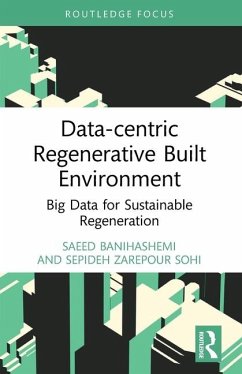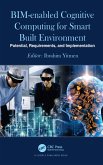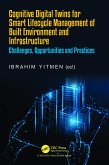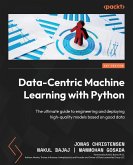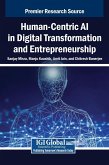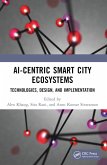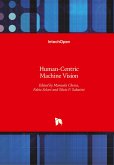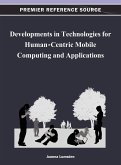This book examines the use of big data in regenerative urban environment and how data helps in functional planning and design solutions. This book is one of the first endeavors to present the data-driven methods for regenerative built environments and integrate it with the novel design solutions. It looks at four specific areas in which data is used - urban land use, transportation and traffic, environmental concerns and social issues - and draws on the theoretical literature concerning regenerative built environments to explain how the power of big data can achieve the systematic integration of urban design solutions. It then applies an in-depth case study method on Asian metropolises including Beijing and Tehran to bring the developed innovation into a research-led practical context. This book is a useful reference for anyone interested in driving sustainable regeneration of our urban environments through big data-centric design solutions.
"Sustainable built environment is one of, if not, the biggest challenges for humankind in our time. Big data offers a unique opportunity to collect and analyse information relating to our urban land use, transportation and traffic, environmental concerns and social issues. Potentially, with access to a mass of data on a scale not previously available, we can optimise the ways our cities function to deliver economic, social and environmental sustainability. In this innovative book, Dr Saeed Banihashemi and Sepideh Zarepour Sohi show us how this regenerative built environment might be achieved through big data technologies and applications."
Professor Sara Wilkinson, University of Technology Sydney
Professor Sara Wilkinson, University of Technology Sydney

